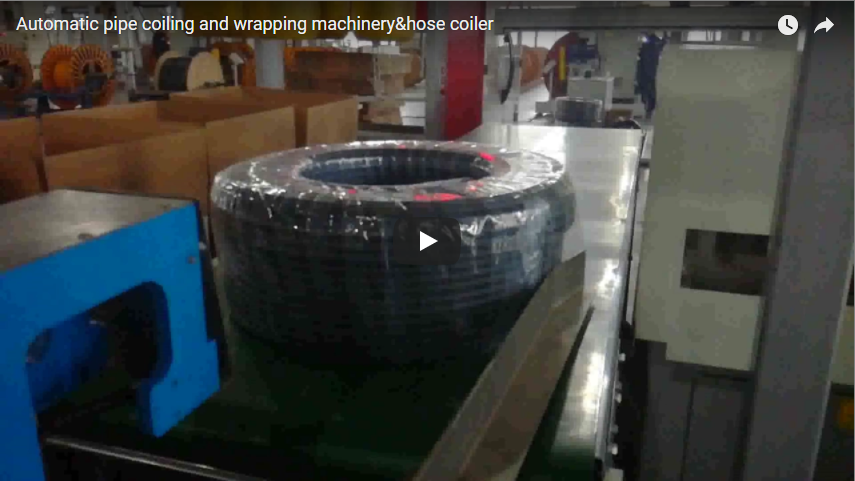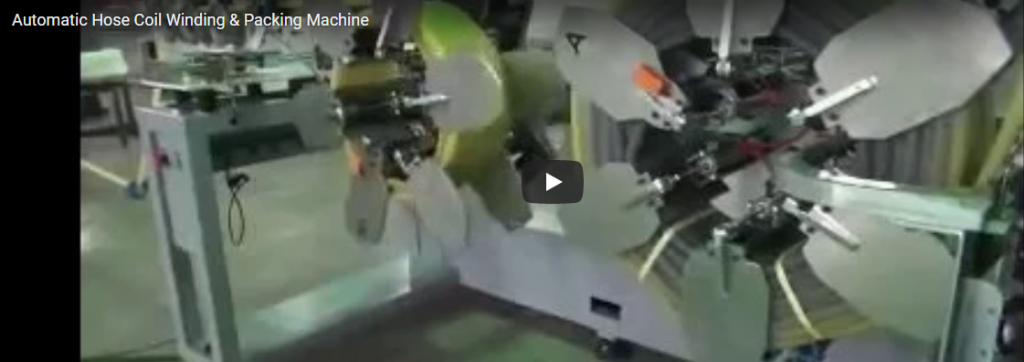Enhancing Packaging Efficiency: The Automatic Labeling, Sealing, and Shrinking Machine
In modern manufacturing and distribution, the efficiency and reliability of end-of-line packaging operations are critical. An automatic labeling, sealing, and shrinking machine represents a significant advancement in packaging automation, integrating three essential processes into a single, streamlined system. This equipment is engineered to address the growing demand for higher throughput, consistent quality, and reduced operational costs in diverse industries, moving beyond simple automation to provide a sophisticated solution for complex packaging requirements.
The Imperative for Integrated Packaging Automation
Market dynamics, including SKU proliferation, demand for faster turnaround times, and persistent labor shortages, necessitate highly efficient packaging lines. Manual or semi-automated processes often struggle to keep pace, leading to bottlenecks, inconsistencies, and increased per-unit costs. Integrated systems, as highlighted in numerous studies on Overall Equipment Effectiveness (OEE) in packaging lines (sources often found in publications like Packaging Digest), offer a robust solution by minimizing product handling, optimizing floor space, and ensuring process synchronization.
Core Functionality and Technological Advancements
This multifunctional machine seamlessly combines labeling, sealing, and shrink wrapping, leveraging advanced technologies for optimal performance:
Precision Labeling System
The initial stage involves precise label application. Modern systems often employ servo-driven applicators capable of handling various label types (e.g., pressure-sensitive, wrap-around, top/bottom) and sizes with high accuracy, crucial for branding and regulatory compliance (e.g., FDA requirements for food and pharma). Advanced vision systems can be integrated for label placement verification, drawing on principles similar to those outlined in quality control research papers focusing on automated inspection.
Reliable Sealing Mechanism
Following labeling, the product moves to the sealing station. Depending on the application and film type (PVC, PE, POF), various sealing technologies like impulse sealing or constant heat sealing are utilized. The integrity of the seal is paramount, ensuring product protection and tamper evidence. Research often focuses on optimizing sealing parameters (temperature, pressure, dwell time) for different film gauges and compositions to achieve hermetic seals, particularly vital in food and pharmaceutical applications.
Efficient Shrink Tunnel
The final stage involves conveying the sealed product through a heat tunnel. Precise temperature control and airflow management are essential for uniform shrinking without damaging the product or compromising the film's integrity. Energy efficiency in shrink tunnels is an ongoing area of development, with designs aiming to minimize heat loss and optimize energy consumption, reflecting trends discussed in industrial energy management forums.
Technical Specifications Overview
The following parameters provide a general guideline. Note that specifications can vary based on configuration and application requirements.
Please Note: The parameters listed below are representative and may not exactly match the equipment shown in the video. For precise specifications tailored to your needs, please contact us directly.
- Machine Type: Automatic Labeling, Sealing, and Shrinking Machine
- Model Reference: LSSM-2023 Series
- Year of Design: 2023 Architecture
- Applicable Label Dimensions:
- Width: 30mm to 200mm
- Length: 20mm to 300mm
- Compatible Film Materials: PVC, PE, POF (Others upon validation)
- Sealing Method: Impulse Sealing (Alternative methods available)
- Shrink Tunnel Operating Temperature: 50°C to 200°C (Adjustable)
- Maximum Product Dimensions:
- Length: 450mm
- Width: 200mm
- Height: 300mm
- Operational Throughput: Up to 30 packages per minute (Product/film dependent)
- Electrical Requirements: 220V, 50Hz (Configurable for international standards)
- Machine Footprint (Approx.):
- Length: 3200mm
- Width: 800mm
- Height: 1500mm
- Control System: PLC-based control with intuitive Touchscreen HMI (Human-Machine Interface)
- Safety Compliance: Emergency stop circuits, overload protection, guarding (Designed to meet CE / ISO 9001 standards)
- Warranty: 5 years for major structural and electronic components
- Support: 24/7 Online technical assistance and service
Addressing Key Industry Applications
The versatility of this integrated system makes it suitable for demanding applications across various sectors:
Food and Beverage Industry Packaging
In the food sector, maintaining product freshness, ensuring tamper evidence, and complying with labeling regulations are paramount. This machine provides consistent, high-integrity seals and shrink wraps crucial for extending shelf life and preventing contamination for items like frozen meals, baked goods, and confectionery. The automated labeling ensures accurate placement of nutritional information, barcodes, and branding elements, supporting traceability and consumer confidence. The efficiency gains directly impact throughput in high-volume production environments.
Pharmaceutical and Medical Device Packaging
The pharmaceutical industry operates under strict regulatory frameworks (e.g., GMP, FDA 21 CFR Part 11). This machine aids compliance by enabling precise application of serialized labels for track-and-trace requirements and creating secure, tamper-evident seals critical for product integrity and patient safety. The controlled shrink process ensures packaging conformity for items ranging from blister packs to medical kits, maintaining sterility barriers where necessary. Validation support (IQ/OQ documentation) is often a key requirement addressed by suppliers in this sector.
Consumer Electronics and Goods Packaging
For high-value consumer electronics, secure and aesthetically pleasing packaging is essential. The machine provides tight, clear shrink wrapping that protects against dust, moisture, and superficial damage during transit and retail display. Accurate label application enhances brand presentation and provides vital product information. The robust sealing and wrapping deter pilferage and ensure products reach consumers in pristine condition, addressing challenges discussed in logistics and supply chain security publications.
Operational Benefits and Strategic Value
Implementing an automatic labeling, sealing, and shrinking machine offers tangible advantages:
- Reduced Labor Costs: Automation minimizes manual intervention, freeing up personnel for higher-value tasks.
- Increased Throughput: Continuous, synchronized operation significantly boosts packaging speed compared to separate machines or manual processes.
- Improved Consistency: Automated control ensures repeatable quality in labeling, sealing, and shrinking, reducing rejects and rework.
- Enhanced Product Protection: Secure sealing and tight shrink wrapping provide superior protection against environmental factors and tampering.
- Optimized Floor Space: Integrating three functions into one machine reduces the overall footprint required on the production floor.
- Flexibility: Modern systems often feature quick changeover capabilities to handle different product sizes and packaging requirements efficiently.
This integrated system is not merely a piece of equipment but a strategic investment towards leaner, more competitive manufacturing operations.
For more detailed information or to discuss your specific packaging challenges, please contact us at info@fhopepack.com.






